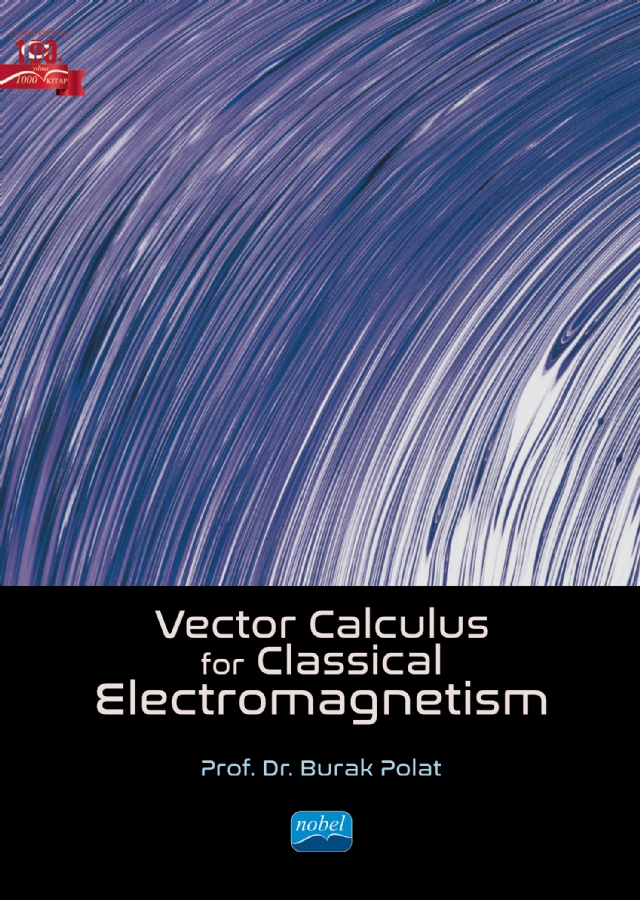Area A3: Architecture, Planning and Design \ 1-1

The unprecedented expansion of civil aviation over the past three decades drives the demand for new employees (e.g., commanders, first officers, cabin crew, dispatchers, loadmasters, and technicians). The training of these employees plays a vital role regarding safety. Researchers have focused attention sharply on aviation safety and the res...
Show more
An aging society and a stable economy have forced Japan to receive more immigrants and to open its doors to the world, in contrast to the nation's historical distancing away from internationalization and immigration. Although the country is struggling with a labor shortage in almost all sectors, the main target of its immigration policy h...
Show more
Lighting is a discipline that is necessary for all living things and determines the quality of life. In recent years, besides the obligatory use of lighting, its visuality is also considered important, and therefore the concept of lighting design has emerged. Lighting design is classified as industrial areas, highways and pedestrian roads, ...
Show more
Programming Solutions for Engineering Problems is a lively book to get the theory of various real-life problems into perspective and to reduce their compl...
Show more
This book is an advanced original text on Vector Calculus aiming university students and researchers from engineering and basic sciences who are interested in the analytical aspects of classical electromagnetism as well as other disciplines of continuum physics. It is an outgrowth of the author’s published works and university lectures throu...
Show more